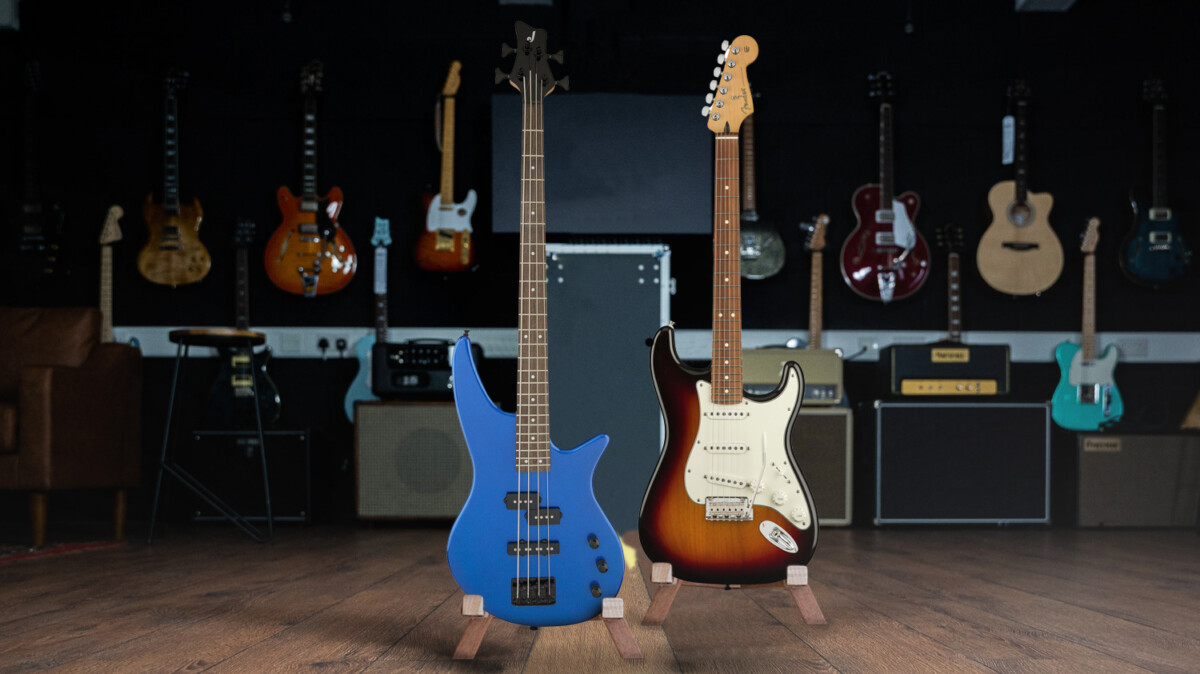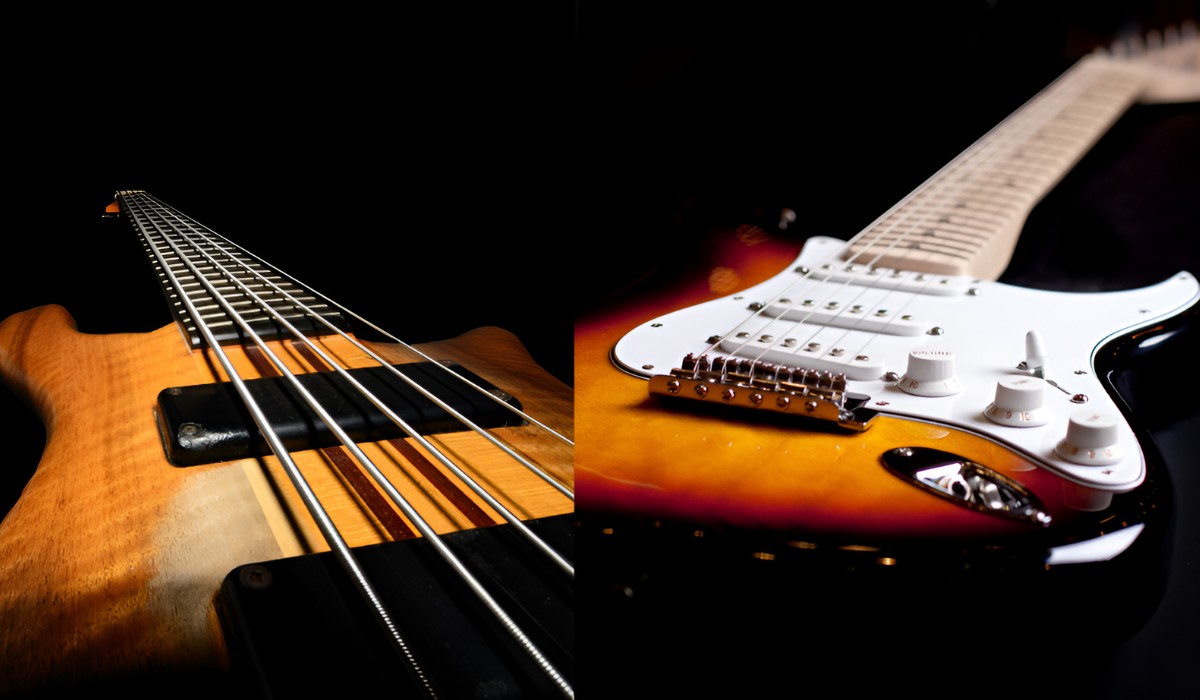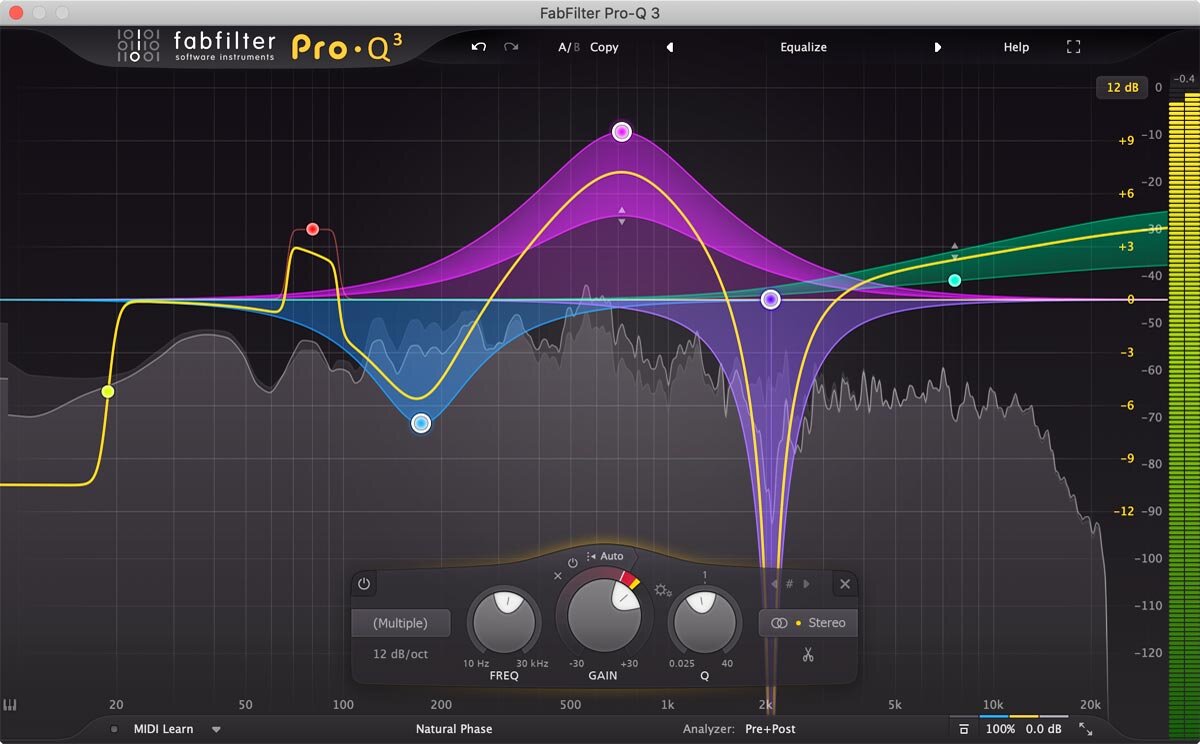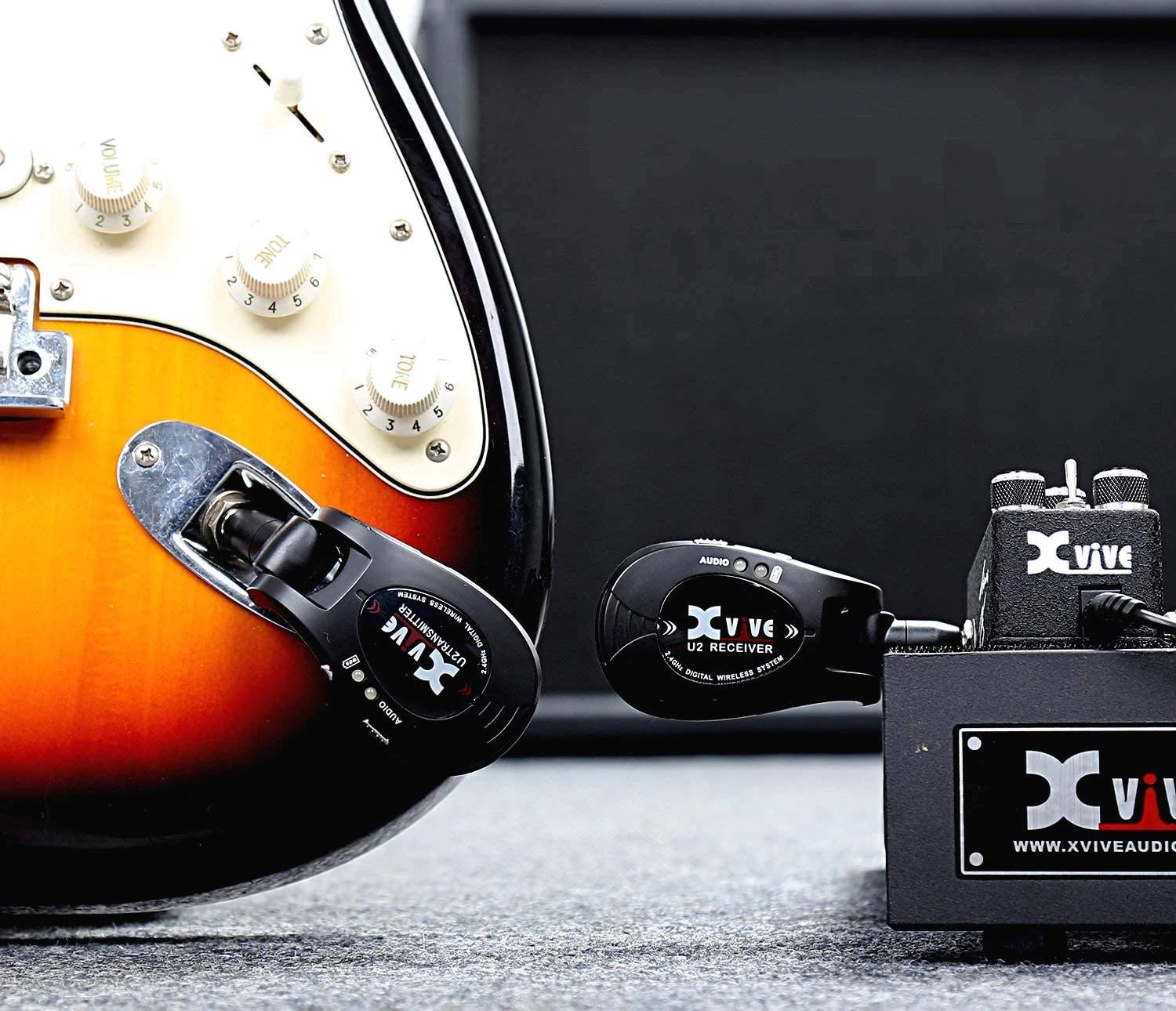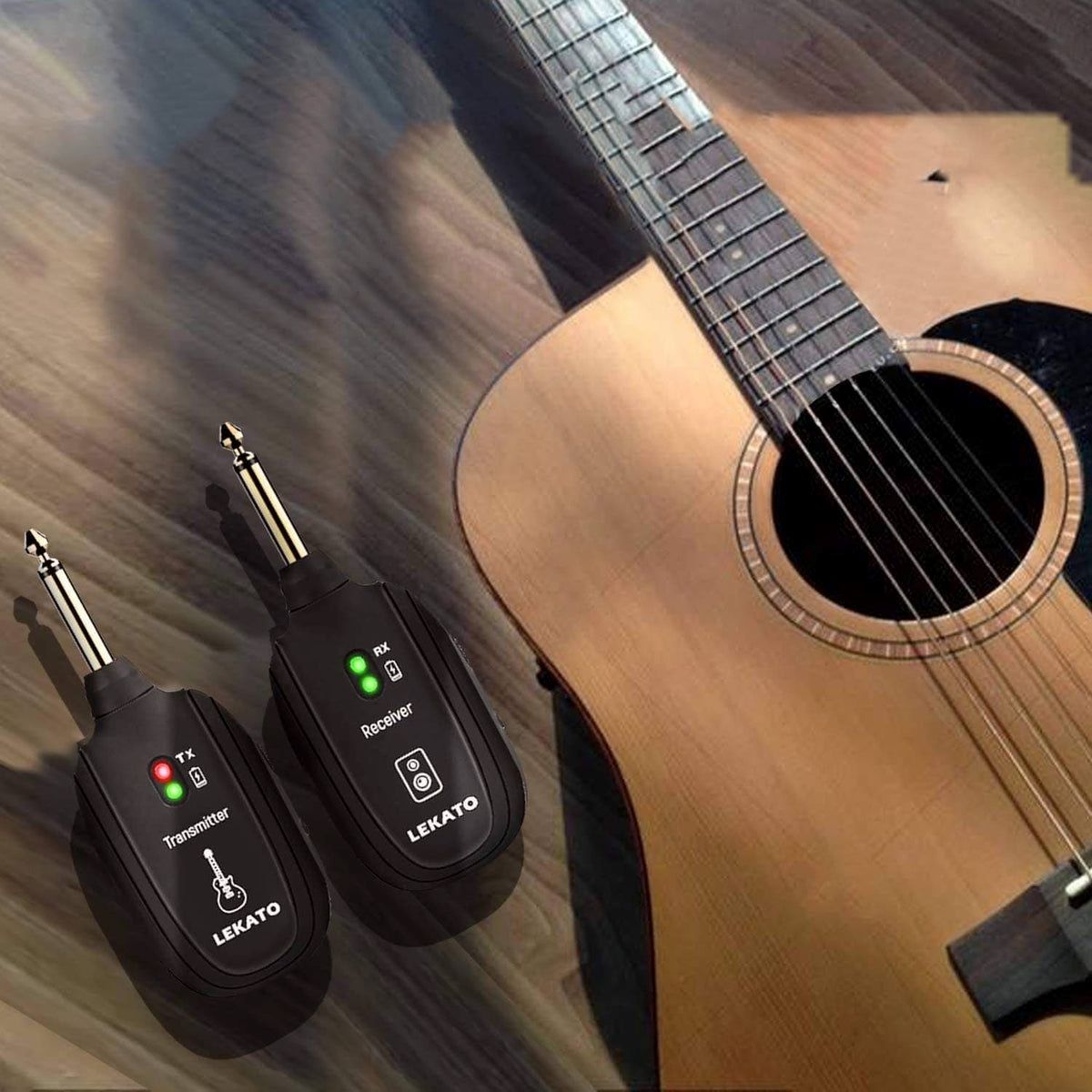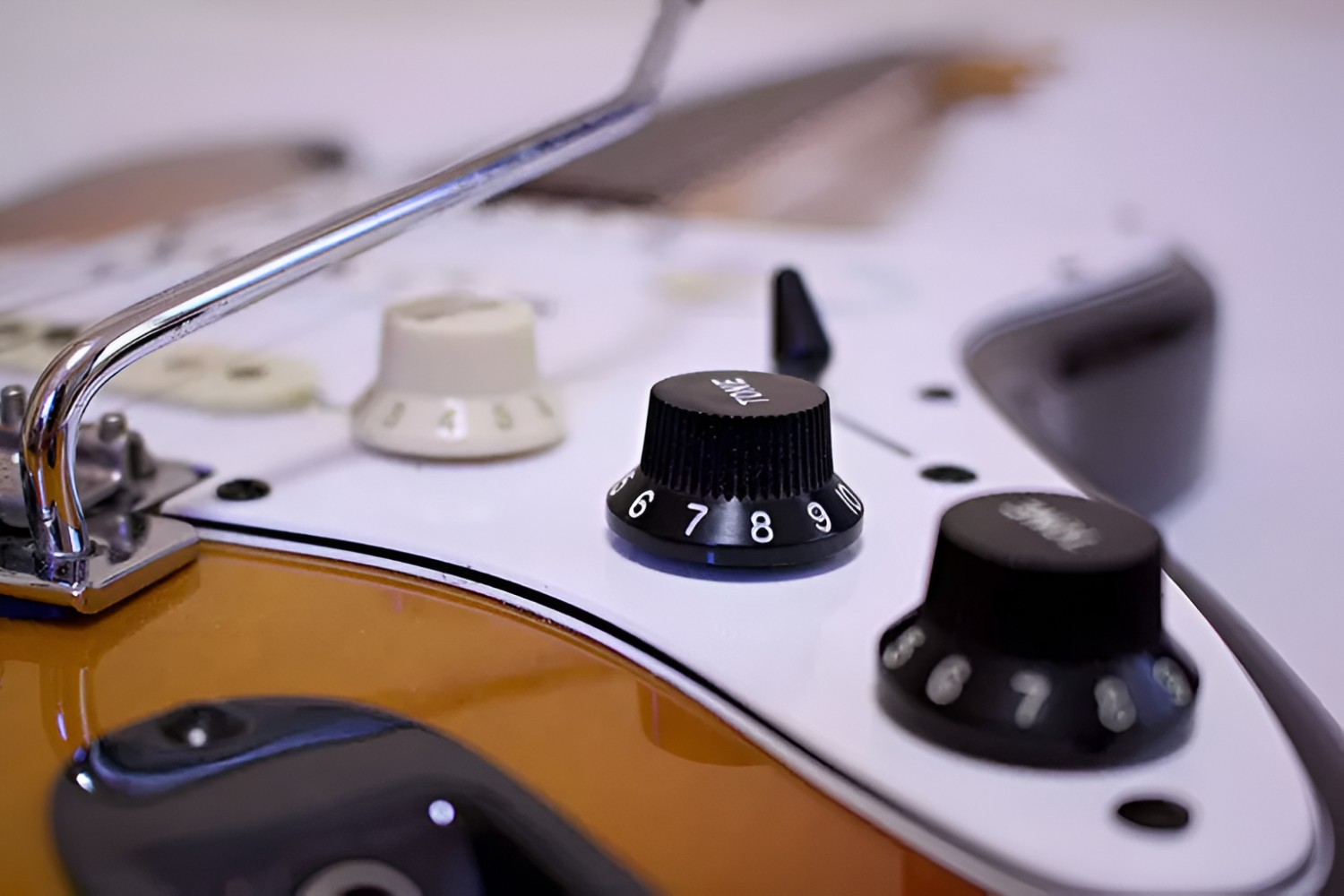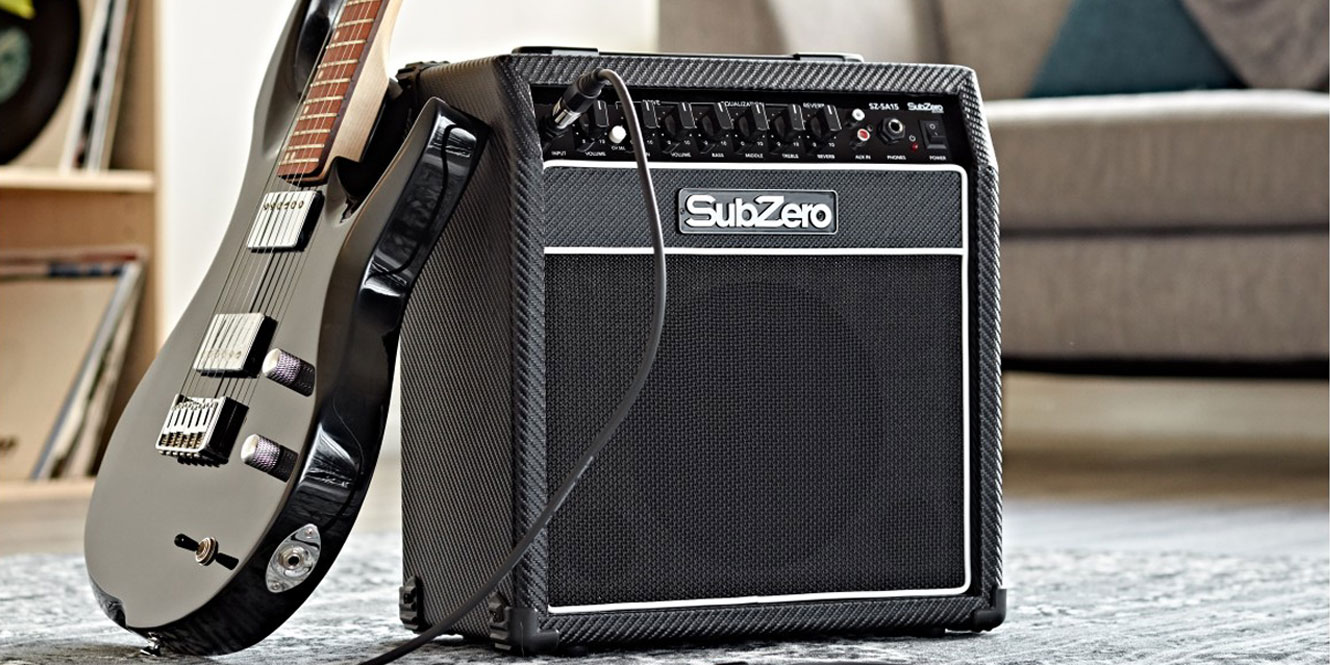Introduction
Introduction
The bass guitar and the electric guitar are two foundational instruments in modern music, each with its own unique characteristics and contributions. While both are stringed instruments that are played with the fingers or a pick, they serve distinct roles in a band or ensemble. Understanding the differences between these instruments can deepen one's appreciation for their individual significance in the world of music.
The bass guitar, often simply referred to as the bass, is a vital component of the rhythm section in most bands. It provides the low-end foundation, anchoring the harmonic and rhythmic structure of a piece. In contrast, the electric guitar is renowned for its versatility and prominence in lead and rhythm roles, often serving as the melodic and harmonic centerpiece of a composition. By exploring the construction, sound, playing style, and role in different music genres, we can gain a comprehensive understanding of the unique attributes of each instrument. Let's delve into the distinguishing features of the bass guitar and the electric guitar to appreciate their individual significance in the realm of music.
Construction and Design
Construction and Design
The construction and design of the bass guitar and the electric guitar play a pivotal role in shaping their individual characteristics and tonal capabilities. While both instruments share similarities in their basic components, such as the body, neck, and headstock, there are notable differences that contribute to their distinct identities.
- Body: The body of a bass guitar is typically larger and longer than that of an electric guitar, allowing for the resonance and projection of lower frequencies. In contrast, electric guitars often have a more compact body, facilitating ease of playability and maneuverability during performances.
- Neck and Scale Length: Bass guitars generally feature longer necks and scale lengths compared to electric guitars. This longer scale length contributes to the deeper tonal range of the bass, accommodating the lower pitches required for anchoring the rhythm section.
- Pickups and Electronics: The pickups and electronic configurations of the two instruments differ significantly. Bass guitars commonly feature larger pickups designed to capture and amplify lower frequencies effectively. Electric guitars, on the other hand, may incorporate a variety of pickup configurations, including single-coil and humbucker pickups, catering to a wider range of tonal possibilities.
- Number of Strings: While traditional bass guitars typically have four strings, extended-range basses with five or more strings have become increasingly popular. Electric guitars traditionally have six strings, with variations such as seven and eight-string models catering to diverse playing styles and musical genres.
These design variances directly impact the sonic characteristics and playability of each instrument, influencing the way they are utilized in musical compositions and performances. Understanding the construction and design disparities between the bass guitar and the electric guitar provides valuable insight into their distinct tonal profiles and functional roles within the musical landscape.
Sound and Tone
Sound and Tone
The sound and tone of the bass guitar and the electric guitar are fundamental aspects that distinguish their sonic identities and define their roles within a musical ensemble. These instruments exhibit distinct tonal characteristics, each contributing uniquely to the overall sonic tapestry of a composition.
Bass Guitar: The bass guitar is revered for its deep, resonant sound that forms the foundation of the rhythmic and harmonic structure in music. Its low-frequency emphasis provides a solid and driving force, underpinning the groove and establishing the musical framework. The rich, rumbling tones produced by the bass guitar are essential for creating a sense of depth and movement within a piece, making it indispensable in genres such as funk, jazz, and rock.
Electric Guitar: In contrast, the electric guitar boasts a versatile tonal palette, capable of producing a wide range of sounds that contribute to the melodic, harmonic, and textural elements of a composition. From bright, cutting tones to warm, mellow timbres, the electric guitar’s sonic versatility enables it to assume lead, rhythm, and accompaniment roles across various musical genres. Its expressive potential, often enhanced by effects pedals and amplification, allows for intricate melodic phrasing and emotive solo performances.
The sonic disparities between the bass guitar and the electric guitar play a crucial role in shaping their respective contributions to music. While the bass guitar provides a solid foundation and rhythmic propulsion, the electric guitar adds melodic and harmonic depth, creating a dynamic interplay that enriches musical arrangements and performances.
Playing Style and Technique
Playing Style and Technique
The playing style and technique employed on the bass guitar and the electric guitar are integral to their distinct musical roles and sonic contributions. While both instruments share commonalities in terms of fretted fingerboard techniques and pick-based playing, the nuances of their respective playing styles significantly impact their musical expressions.
Bass Guitar: The playing style on the bass guitar primarily revolves around establishing rhythmic foundations and outlining harmonic structures. Bassists often utilize techniques such as fingerstyle playing, slap and pop, and palm muting to create rhythmic propulsion and articulate melodic motifs. The role of the bassist extends beyond mere accompaniment, as they contribute to the overall groove and feel of a composition through nuanced rhythmic variations and melodic embellishments.
Electric Guitar: In contrast, the electric guitar accommodates a wide array of playing styles and techniques, ranging from strummed chord progressions and arpeggiated patterns to blistering solos and intricate fingerstyle arrangements. Guitarists often employ techniques such as bending, vibrato, and tapping to imbue their performances with expressive nuances and dynamic textures. The electric guitar’s versatility allows for the exploration of diverse musical genres and playing approaches, making it a versatile and expressive instrument.
While the bass guitar and the electric guitar share foundational playing techniques, the specific applications and stylistic nuances associated with each instrument shape their roles within a musical ensemble. The rhythmic solidity and harmonic support provided by the bass guitar complement the melodic and textural versatility of the electric guitar, creating a symbiotic relationship that drives the musical narrative forward.
Role in Music Genres
Role in Music Genres
The bass guitar and the electric guitar assume distinct and complementary roles across a diverse spectrum of musical genres, each instrument contributing to the sonic landscape in unique and essential ways. Their roles in various genres showcase the breadth of their expressive capabilities and their influence on shaping musical styles.
Bass Guitar: In genres such as funk, R&B, and jazz, the bass guitar serves as the cornerstone of the rhythmic foundation, driving the groove and providing a solid framework for improvisation and musical interaction. Its deep, resonant tones and rhythmic articulations are integral to creating infectious dance rhythms and maintaining the pulse of the music. In rock and metal genres, the bass guitar often adopts a more aggressive and driving role, adding weight and intensity to the sonic palette while anchoring the low end of the mix.
Electric Guitar: The electric guitar’s versatility allows it to adapt to a wide array of musical genres, ranging from blues and country to rock, metal, and beyond. In blues and rock, the electric guitar takes center stage, delivering emotive solos, expressive melodic lines, and powerful rhythm accompaniments. In genres such as jazz and fusion, the electric guitar showcases its melodic and harmonic prowess, contributing intricate improvisations and sophisticated chordal voicings to the musical tapestry.
By understanding the distinct roles of the bass guitar and the electric guitar in various music genres, we gain insight into their diverse expressive capabilities and their capacity to shape the sonic identities of different musical styles. The symbiotic interplay between these instruments across genres underscores their indispensable contributions to the richness and diversity of musical expression.
Amplification and Effects
Amplification and Effects
Amplification and effects play a crucial role in shaping the sonic characteristics and expressive potential of both the bass guitar and the electric guitar. The utilization of amplifiers and effects pedals enhances their tonal versatility and allows for creative exploration across a wide spectrum of musical styles and performance settings.
Bass Guitar Amplification: Bass amplifiers are designed to reproduce the low frequencies and dynamic range of the bass guitar accurately. They often feature larger speakers and robust amplification circuits tailored to the specific tonal requirements of the instrument. Additionally, bassists may employ effects pedals such as compressors, overdrive/distortion units, and octave pedals to expand their sonic palette and sculpt their sound to suit different musical contexts.
Electric Guitar Amplification and Effects: Electric guitar amplifiers come in a variety of configurations, ranging from clean and pristine tones to high-gain distortion. Guitarists often utilize effects pedals, including distortion, delay, reverb, modulation, and wah-wah pedals, to craft their desired tonal textures and sonic expressions. The amplification and effects chain allows for the creation of lush ambient soundscapes, searing lead tones, and rhythmic textures that enhance the overall musical impact of the electric guitar.
By harnessing amplification and effects, both the bass guitar and the electric guitar can transcend traditional tonal boundaries, adapting to diverse musical contexts and pushing the sonic envelope. The marriage of amplification and effects with these instruments amplifies their expressive potential and enables musicians to craft captivating sonic narratives that resonate with audiences across different musical genres and performance settings.
Conclusion
Conclusion
The bass guitar and the electric guitar stand as iconic pillars of modern music, each possessing distinct characteristics and roles that contribute to the rich tapestry of musical expression. From their construction and design to their sound, playing styles, and amplification, these instruments have left an indelible mark on countless genres and musical compositions.
Understanding the unique attributes of the bass guitar and the electric guitar is essential for appreciating their individual significance within the realm of music. The bass guitar’s deep, resonant tones and rhythmic prowess serve as the bedrock of groove and foundation in various genres, while the electric guitar’s versatility and expressive potential enable it to weave intricate melodic and harmonic narratives across diverse musical landscapes.
Furthermore, the symbiotic interplay between these instruments within a musical ensemble underscores their complementary roles and the dynamic interweaving of rhythm, melody, and harmony. Whether anchoring the low end with thunderous grooves or soaring to the forefront with searing solos, the bass guitar and the electric guitar epitomize the artistry and innovation that define the world of music.
In essence, the bass guitar and the electric guitar represent not only instruments but also conduits for artistic expression, creativity, and emotive storytelling. Their enduring presence in the evolution of music attests to their unwavering influence and the profound impact they continue to have on musicians and audiences alike.
As we celebrate the legacy and versatility of these instruments, we recognize their integral roles in shaping the sonic landscapes of diverse musical genres and the enduring allure they hold for musicians and enthusiasts worldwide.







